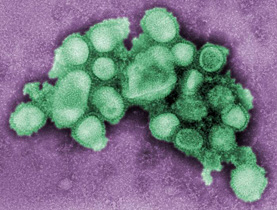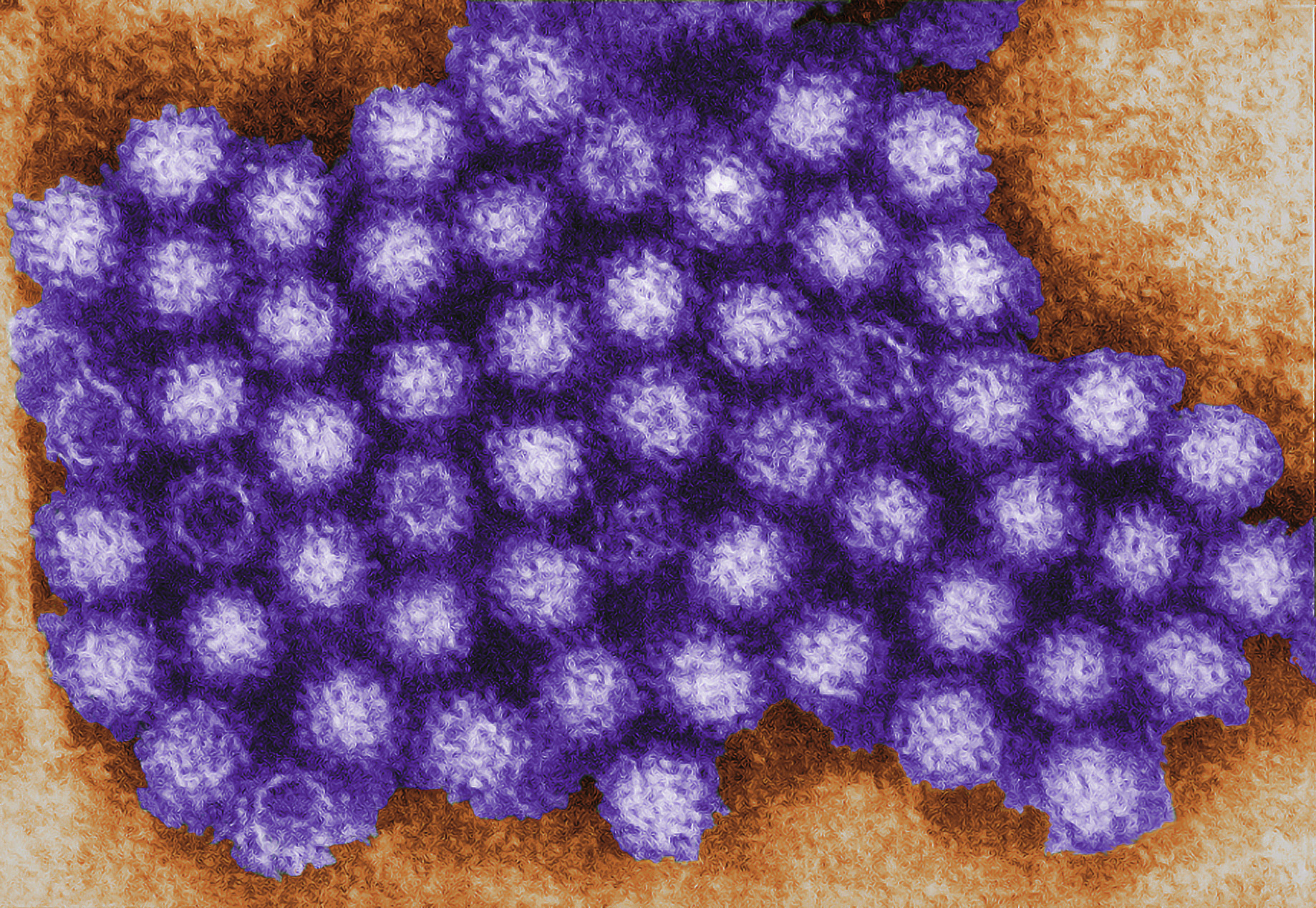Second case of swine flu confirmed

A 24-year-old woman has become the second person in Switzerland to be diagnosed with swine flu, the Federal Health Office announced on Friday.
The patient returned from a trip to Mexico and the United States on May 17 and complained of flu symptoms the next day. She was immediately put under medical supervision, along with people she had been in close contact with.
She was moved to an isolation ward in Bern’s university hospital on Wednesday, and her infection was confirmed on Thursday after tests conducted by the national flu centre in Geneva.
The health office described her condition as satisfactory, and said she was expected to be released “shortly”.
Four adults close to the patient were given the anti-flu drug Tamiflu as a precaution and were advised to stay at home for a few days, although they were clinically healthy.
The Bern cantonal health office said the canton was well prepared to face any possible pandemic and that doctors, hospitals and health authorities were used to cooperating. The procedures to be followed had been laid down by the Federal Health Office.
Well prepared
The health office stressed that this second confirmed case does not mean that the general population is now exposed to a higher risk of the new H1N1 virus. However, it pointed out that as the number of confirmed cases increases throughout the world, the risk that it will be imported into Switzerland will increase as well.
However, Switzerland currently has no cases under examination, health office spokesman Jean Louis Zurcher told swissinfo.ch. There have so far been 89 false alerts, he said.
The only other confirmed case in Switzerland was a young man diagnosed at the end of April, who had also returned from Mexico. He has now recovered.
Thomas Zeltner, the head of the health office, told journalists earlier this week that Switzerland was “well organised” to face up to a more serious outbreak of the disease in the autumn.
WHO warning
News of the second Swiss case came a day after health officials in Mexico, where swine flu was first detected a month ago, lifted the alert imposed when the disease broke out. The Swiss health office has also lifted its advisory against travel to Mexico.
However, the World Health Organization (WHO) warned on Friday that more infections and more deaths worldwide are to be expected.
WHO chief Margaret Chan, speaking at the end of the organisation’s week-long annual congress in Geneva, said that countries in the developing world needed to act quickly to improve their monitoring of the virus.
“In cases where the H1N1 virus is widespread and circulating within the general community, countries must expect to see more cases of severe and fatal infections,” she said. “We do not at present expect this to be a sudden and dramatic jump in severe illness and deaths.”
Describing the strain as a “subtle, sneaky virus”, she admitted that although health experts had many clues about the way it works, they still did not know enough to reach any firm conclusions.
Alert
Chan said she was still considering the question of whether to raise the organisation’s alert level to 6, the highest possible.
“The decision to declare an influenza pandemic is a responsibility and a duty that I take very, very seriously,” she said. “I will consider all the scientific information available. I will be advised by the emergency committee.”
Under WHO guidelines, a pandemic is defined solely on the basis of its geographic spread, not on the symptoms caused by the virus. The basis for level 6 is that the disease should be spreading in at least two regions of the world. Chan said that there is little difference between levels 5 and 6 in terms of the actions they trigger.
However, many experts have warned that raising the alert to level 6 could spread unnecessary panic. There is also concern that concentrating on the new flu strain could divert attention and resources away from the seasonal flu that kills up to 500,000 people every year.
At the WHO meeting developing countries lobbied to ensure that they would benefit from any drugs created using samples provided by them. The United States and European Union, on the other hand, want samples to be shared without restriction, claiming that this will help global efforts to combat the disease.
According to the latest figures from WHO, more than 11,000 cases of swine flu have been reported in some 40 countries. So far 86 people have died. Outside of North America the largest pockets of infections are in Japan, Spain and Great Britain.
swissinfo.ch with agencies
Swine flu is thought to spread as easily as regular winter flu, which infects millions each year. Early estimates are that 25-30 per cent of family members are getting sick once a relative brings it home.
But it is not clear how dangerous it is. Genetically, it doesn’t share the same traits that made the infamous 1918 pandemic so deadly, nor does it seem as virulent as the bird flu that scientists have tracked for several years.
The three countries with the most confirmed cases are the US, Mexico and Canada. However, nearly 300 cases have been confirmed in Japan, including among people who had not travelled abroad recently.
WHO has said two anti-viral drugs, Tamiflu and Relenza, have been effective against the new swine flu if administered at an early stage.
There is no vaccine yet. The US government is working to develop one but it could not become available until this autumn at the earliest.
Manufacturers are preparing regular flu shots for the same time, when normal influenza strains will start circulating regardless of how swine flu develops.
Research at the Centers for Disease Control and Prevention (CDC) in the US suggests that people aged 60 and over are more resistant to the new virus, possibly because they have built up antibodies after exposure to similar viruses in the past.
CDC researchers have also found that some of the genes in the new swine flu may have been circulating in pigs for at least 10 years. However, they do not know where the virus jumped from pigs to people.

In compliance with the JTI standards
More: SWI swissinfo.ch certified by the Journalism Trust Initiative




You can find an overview of ongoing debates with our journalists here. Please join us!
If you want to start a conversation about a topic raised in this article or want to report factual errors, email us at english@swissinfo.ch.